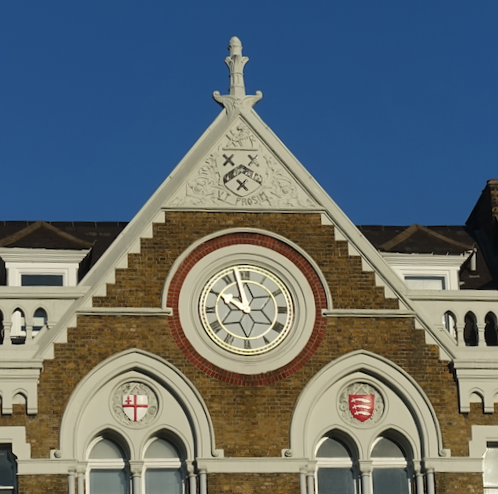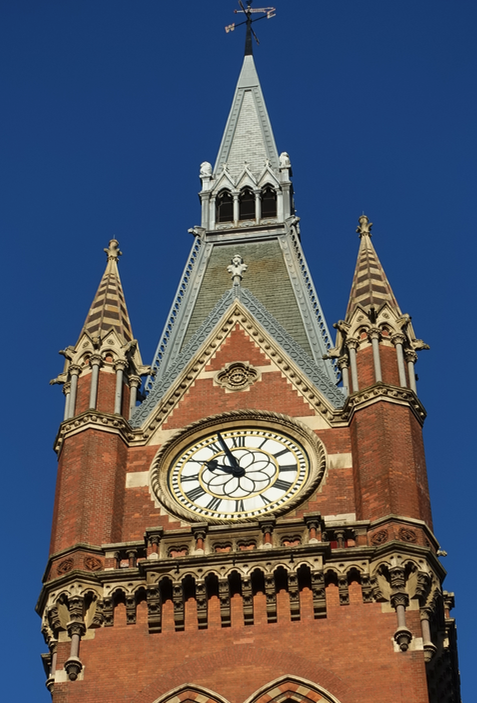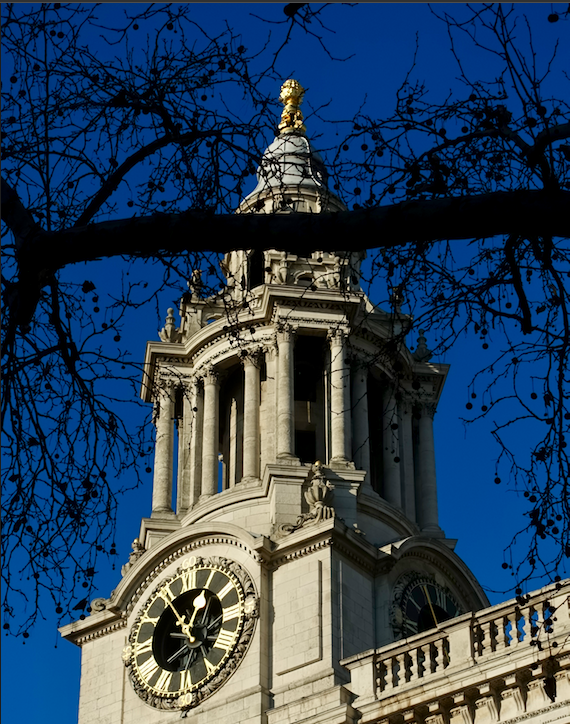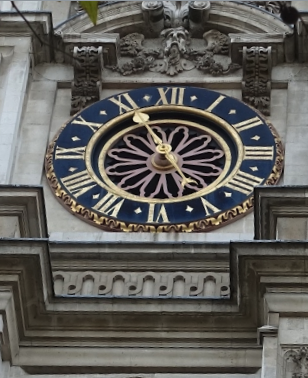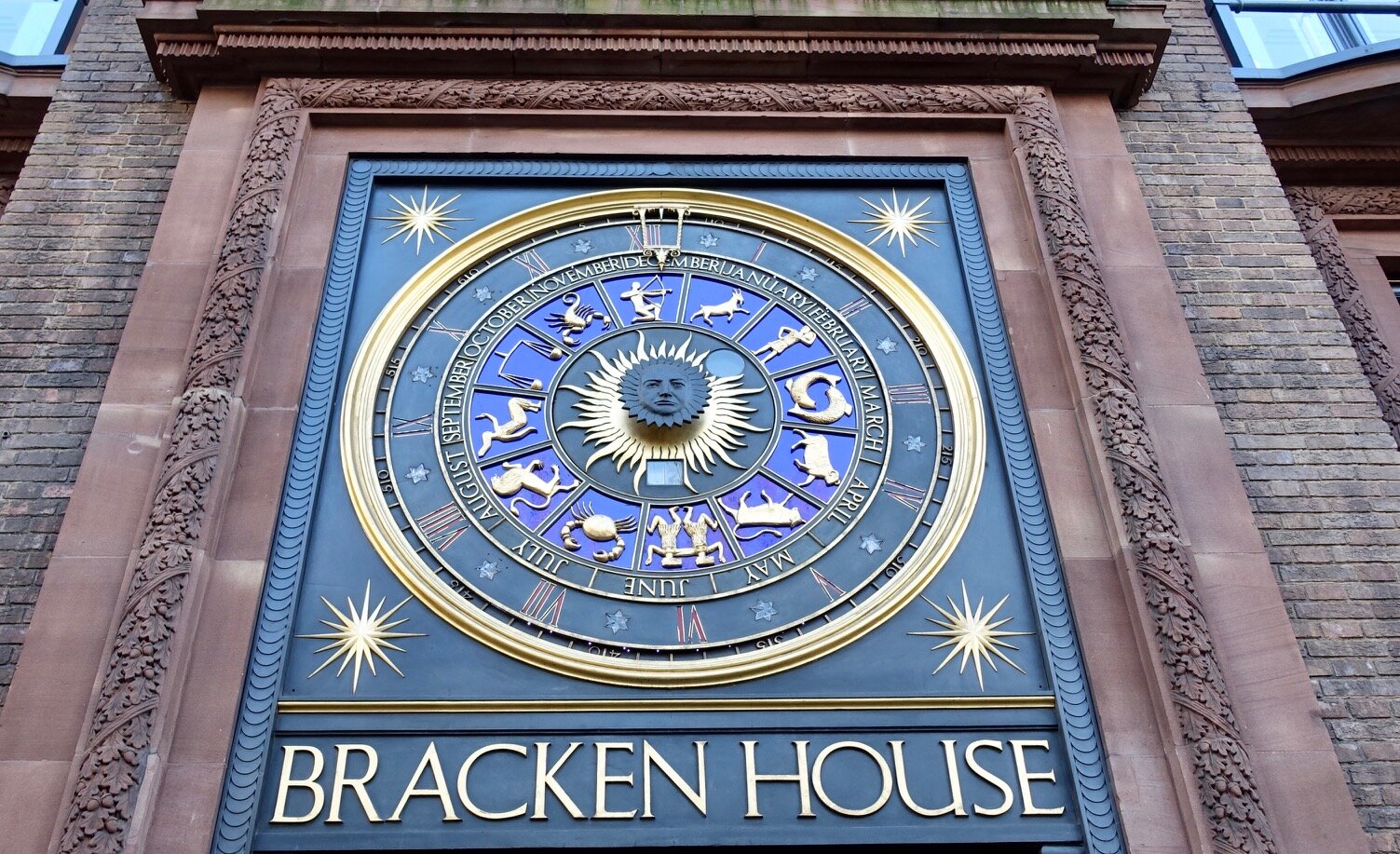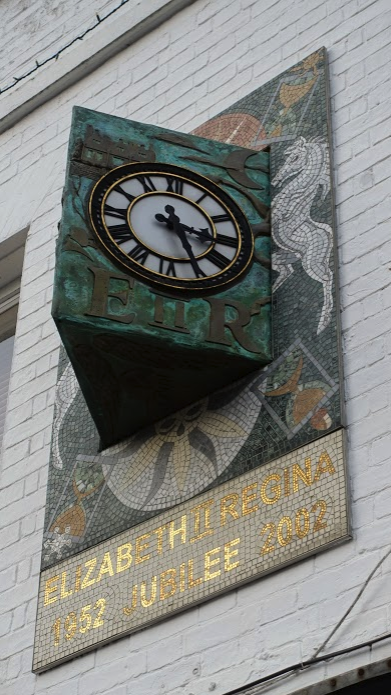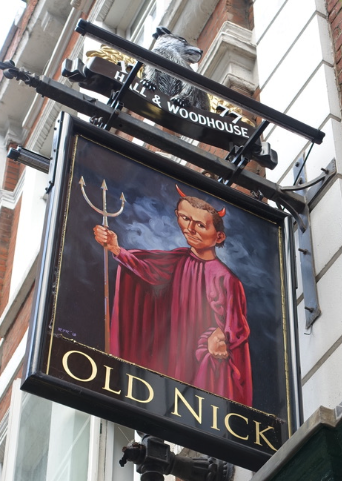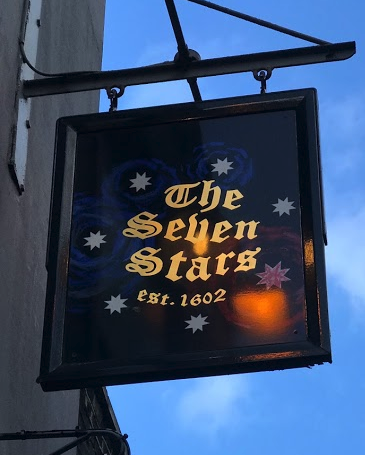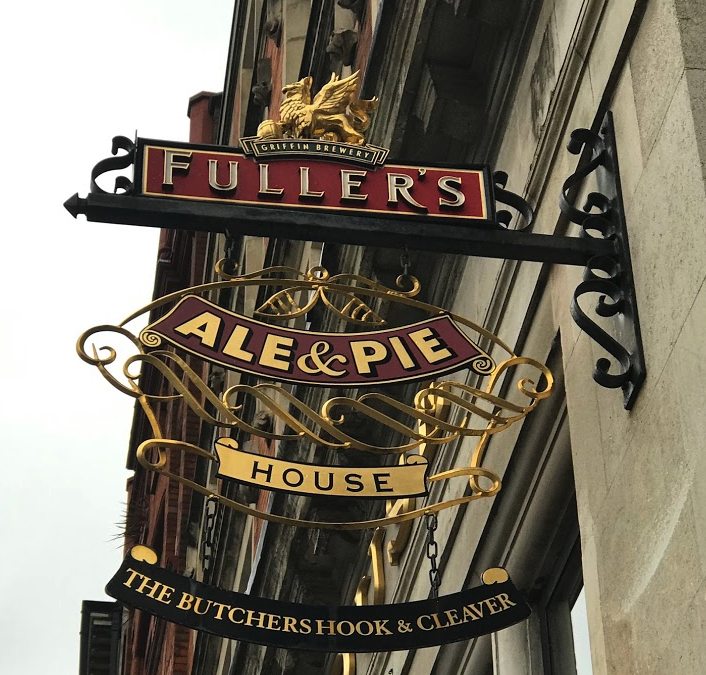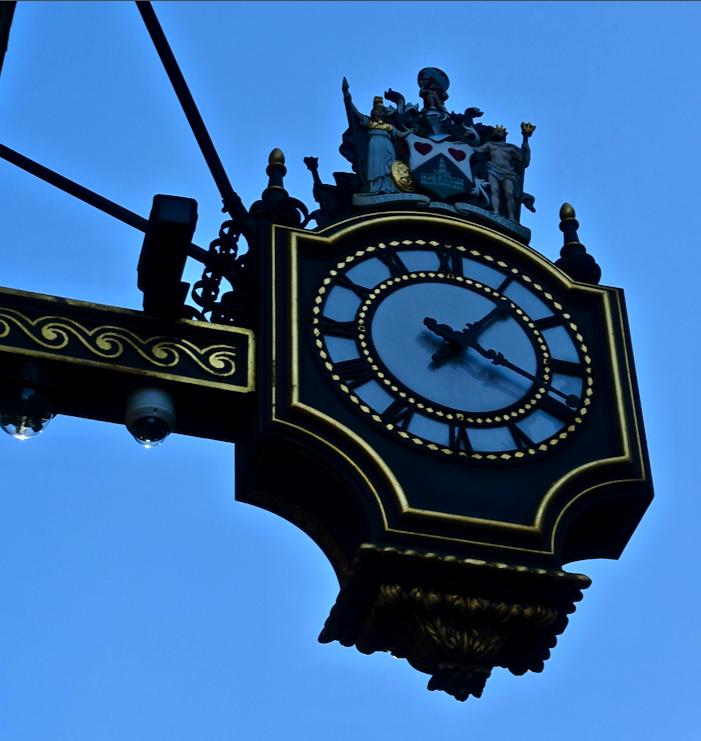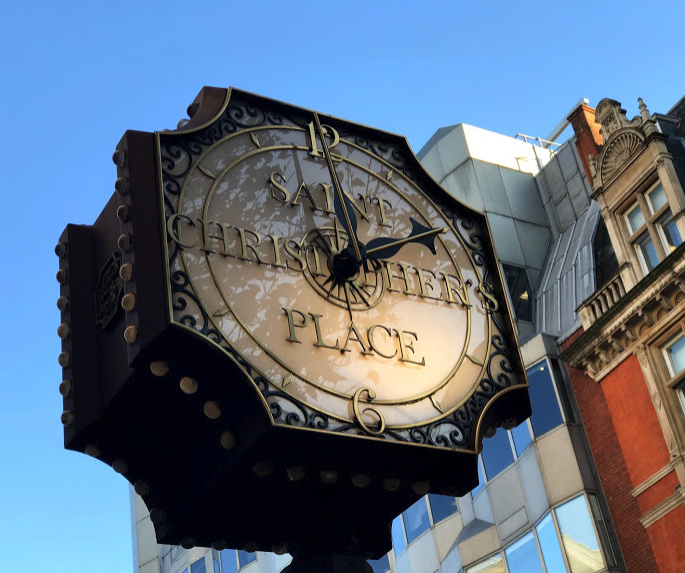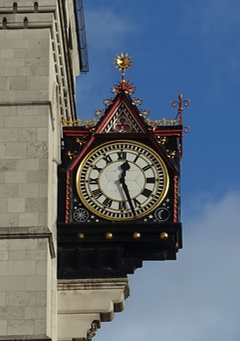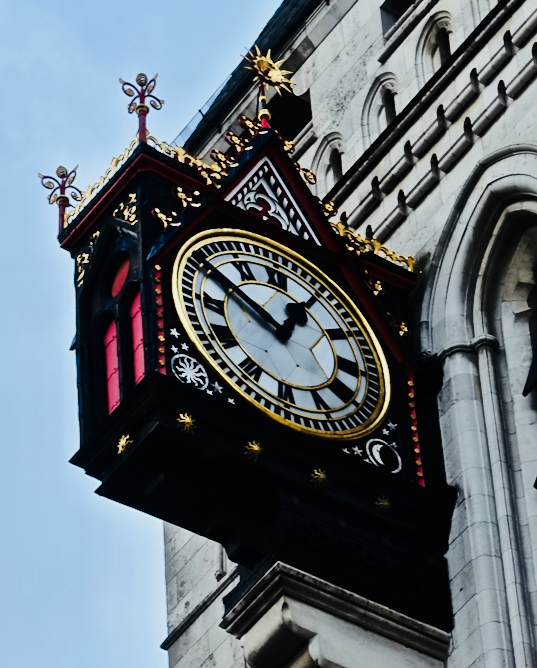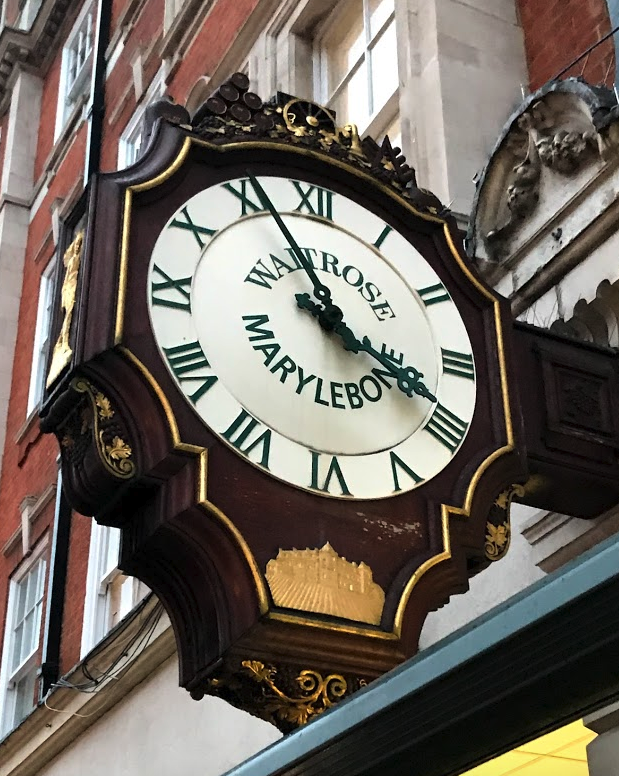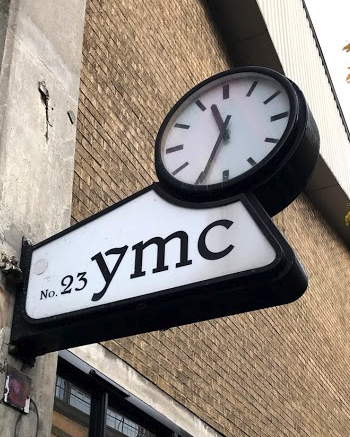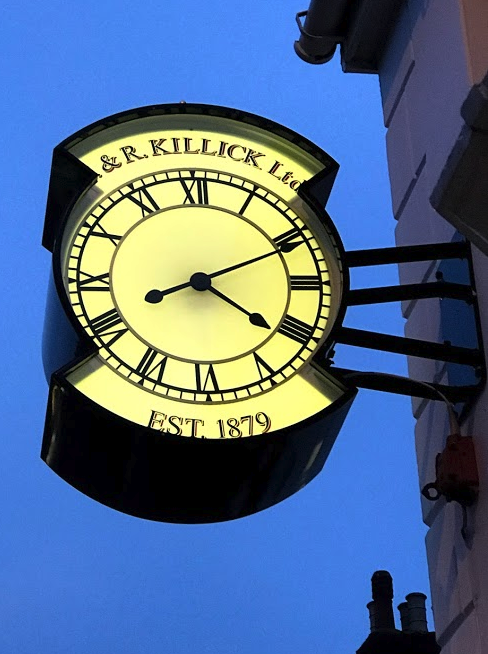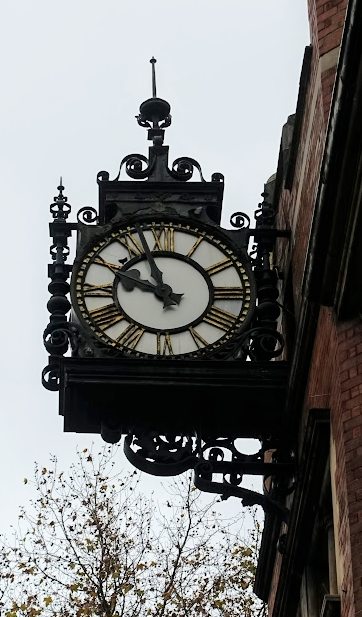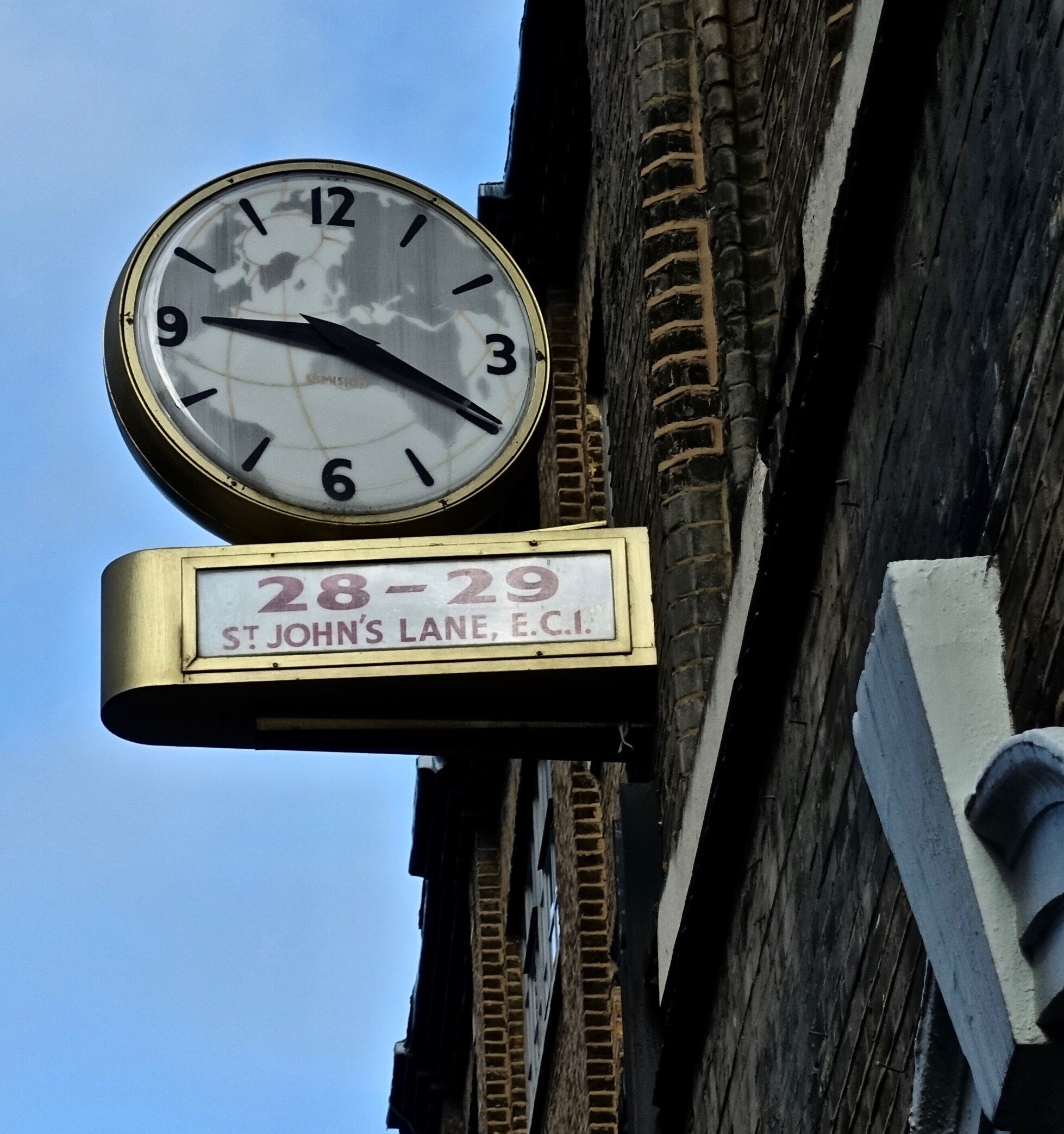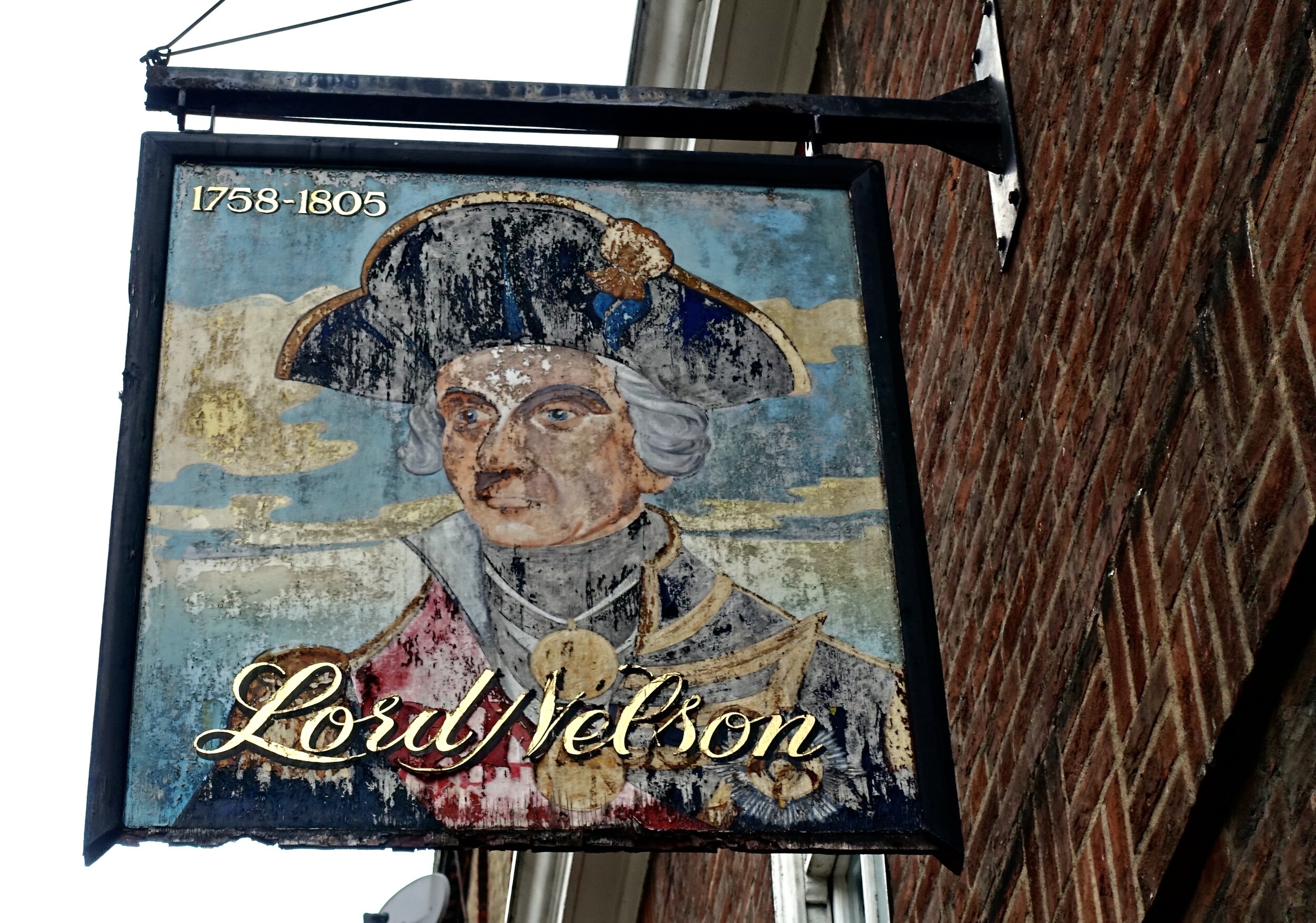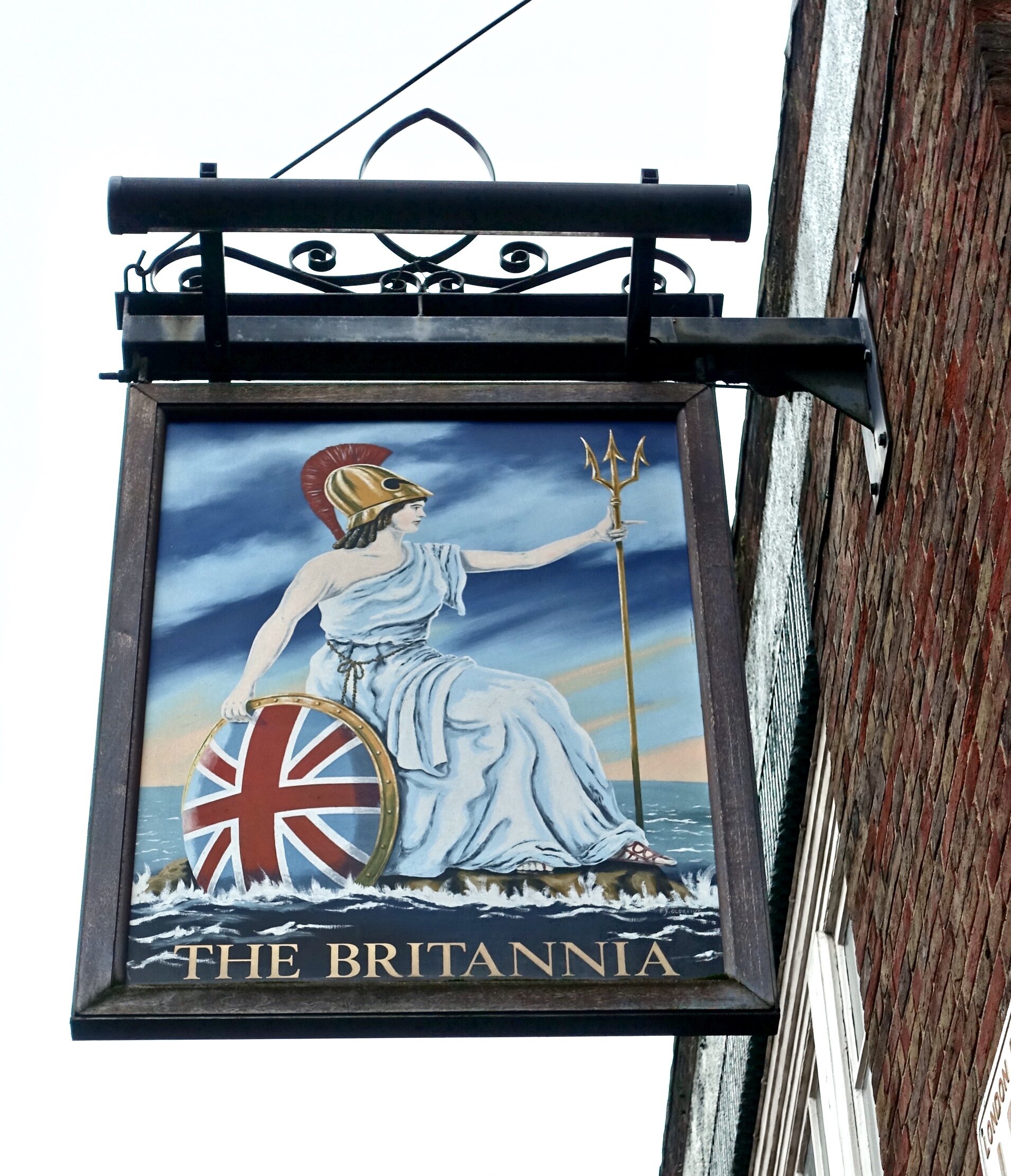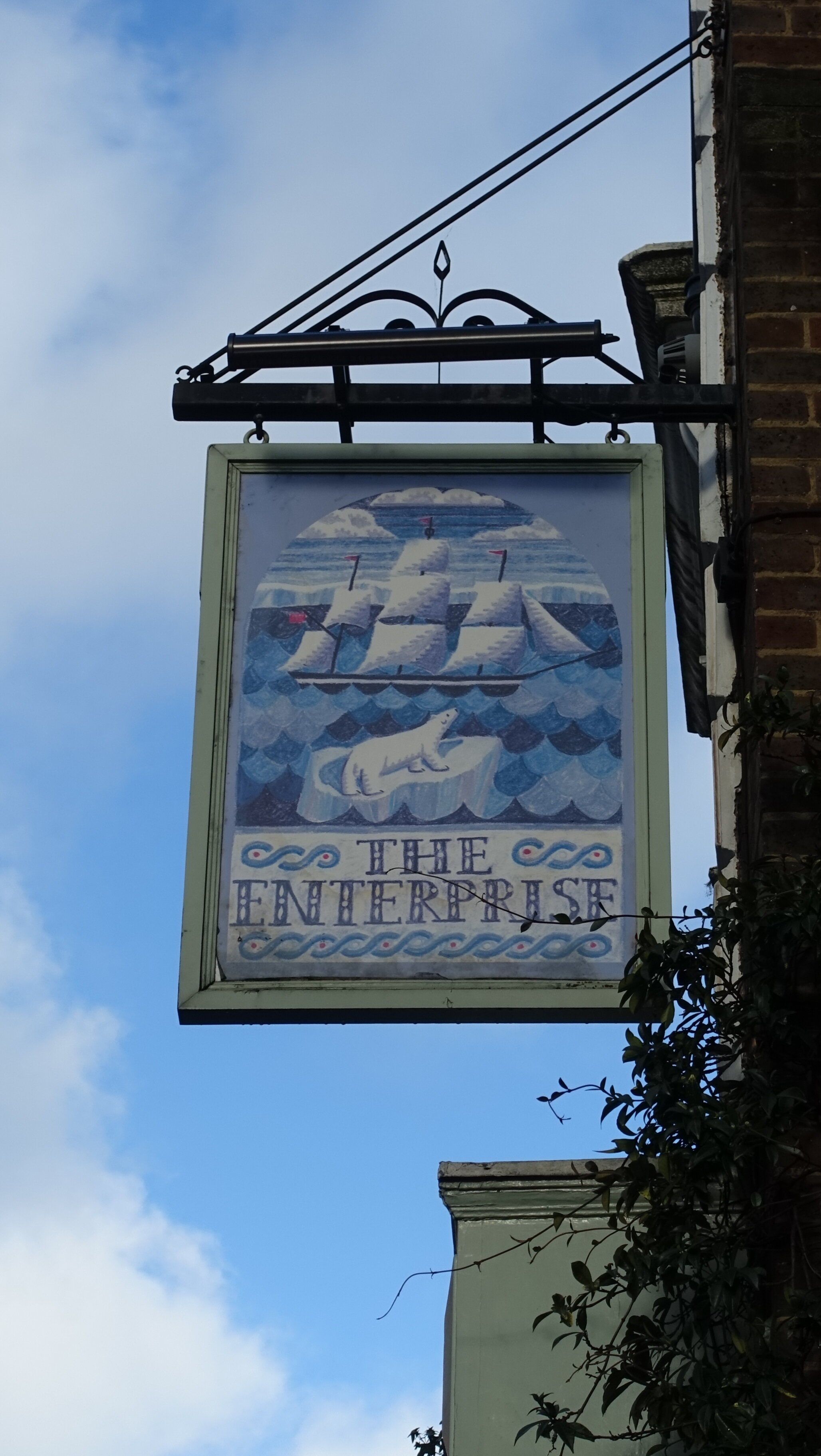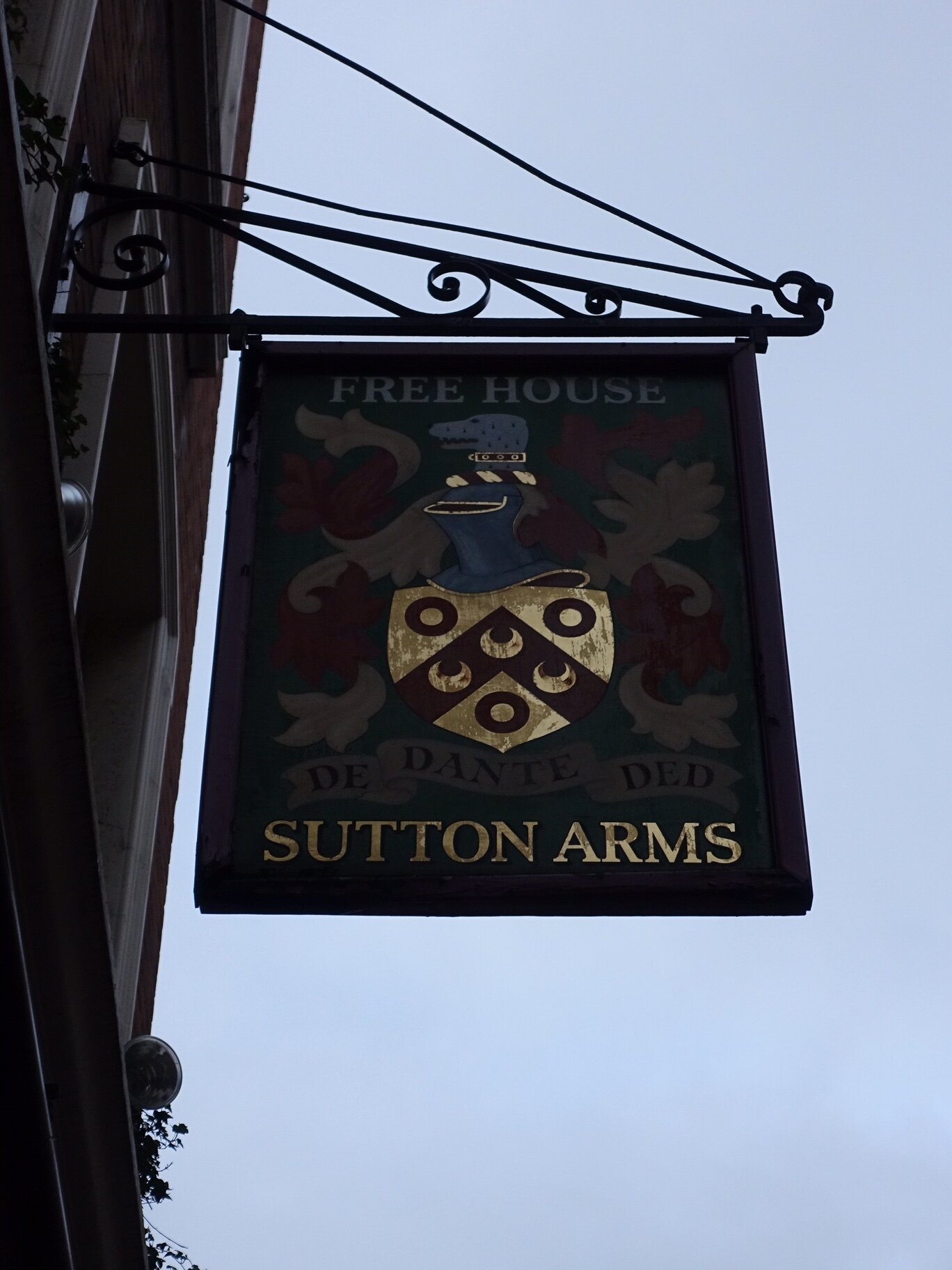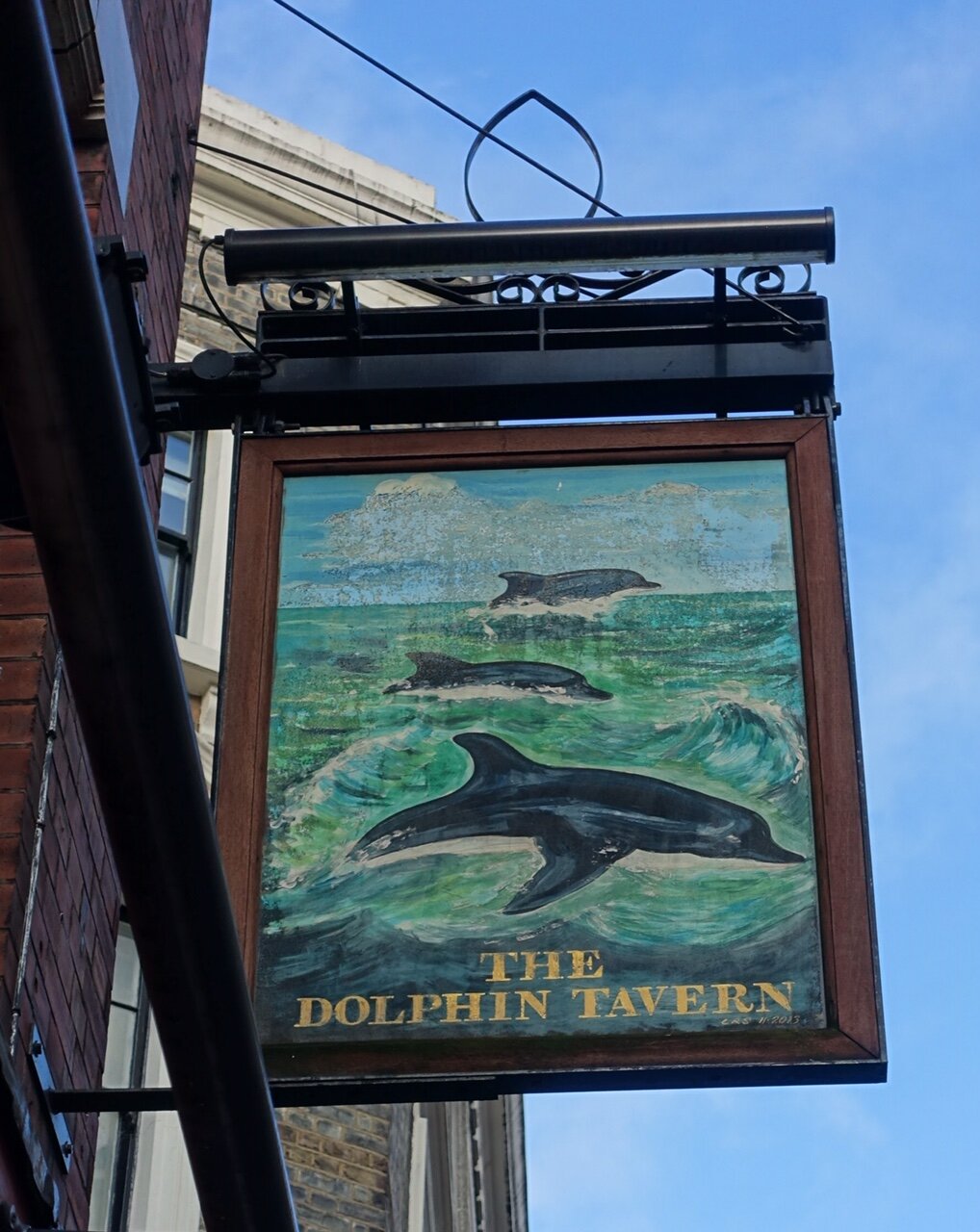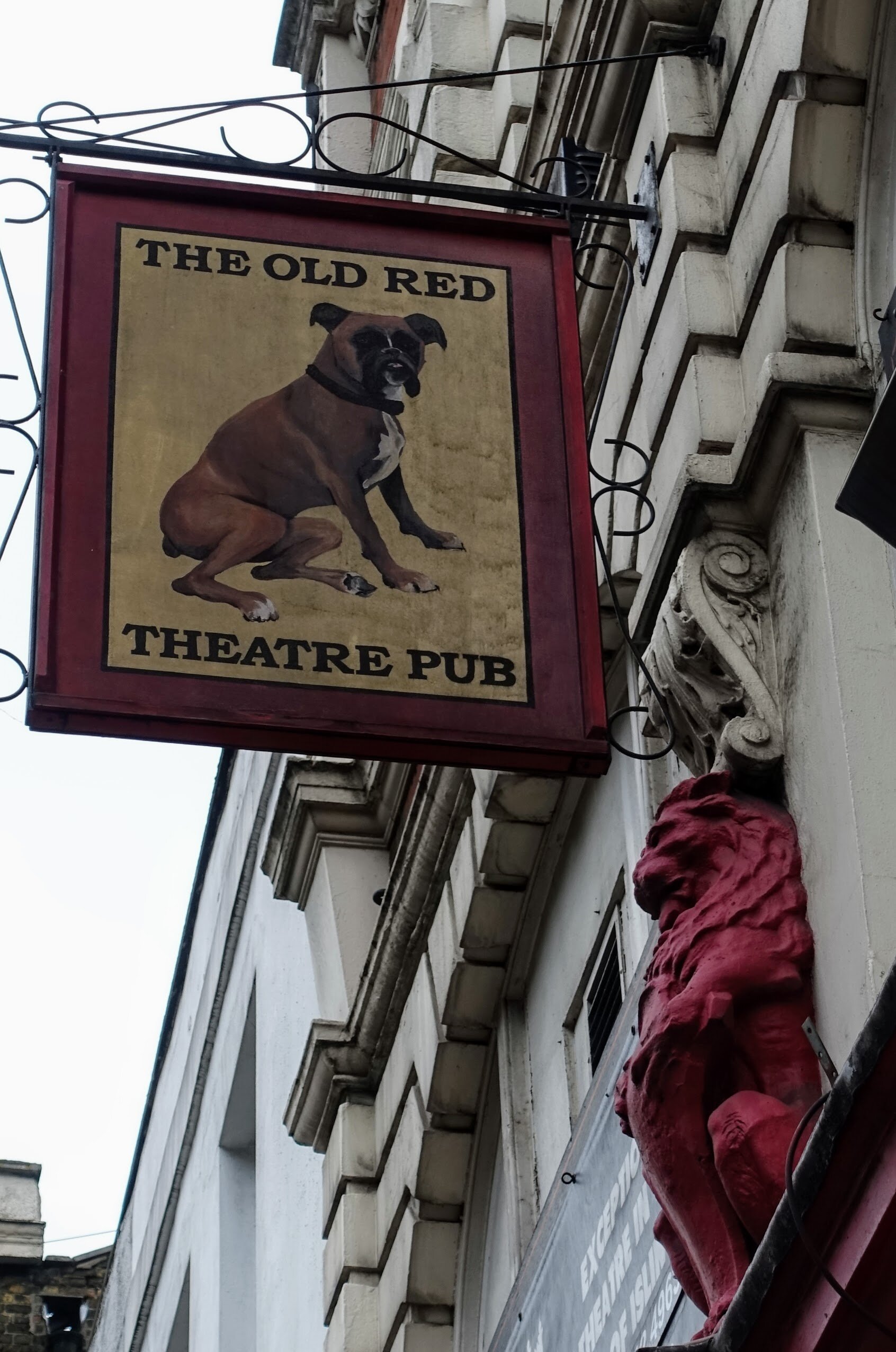London: A Walk Back In Time
One of the first things I notice when visiting older cities like London, Paris, Rome or even New York or Chicago is how many venerable clocks there are hanging out over the sidewalk and on the façade of buildings.
In London, a close second, are the elaborate hand-crafted signage over their entrances or every neighbourhood pub.
Collectively they make wandering the streets of London not only a “walk back in time” but a visit to an outdoor folk art gallery.
Lesson learned: Little things can enhance the pedestrian experience.
History of Clocks 101
The first mechanical clocks were invented in Europe at the start of the 14th Century, before that people use sun dials, water clocks and even candle clocks. It wasn’t until 1657 when Christiaan Huygens introduced the pendulum clock that humans had an accurate way of measuring time. The stop watch was invented in 1776, the electric clock in 1840, the quartz crystal clock in 1929 and atomic clock in 1955. Before the 20thcentury most people did not have watches - even pocket watches were too expensive for the average person.
That is why most buildings built in the late 19th and early 20th Century had clocks located near their roof tops or at their entrances so locals could not only determine what time it was, but also see the name of the building or business. No need for those pesky sandwich boards that are always in the way of pedestrians.
The Clock tower located in the middle of the town square is a common architectural element of European cities had the same practical purpose as it could be seen from almost anywhere in the town. The most famous clock tower is London’s “Big Ben,” which unfortunately was being repaired while we were there.
FYI: The 320-foot tower that houses Big Ben was originally called “The Clock Tower.” Technically Big Ben is the 13-ton bell that is housed inside the tower. It is not clear if the name comes from a 19th century heavyweight boxer known at “Big Ben” or after Sir Benjamin Hall an engineer who oversaw the rebuilding of the Houses of Parliament after the devastating fire of 1834.
The wearing of a wristwatch became popular in the early 20th century after World War I, as soldiers had been using them as part of modern warfare. They were called bracelets with clocks on them. However, by the end of the 20th century the invention of the cell phone with its clock made the wearing of wrist watches more of a fashion statement than for practical uses.
As a result of individuals having their own way of telling time, architects and building owners no longer required a clock to be incorporated into the façade of the building by the middle of the 20th century. Therefore in North America cities, many of which were developed after World War II, have few buildings with clocks.
Pub Signs As Folk Art
While walking around Central London, you quickly notice how many pubs there are – seems like there is one on every corner. Indeed, London is known for its pub culture, but what I didn’t expect was how each of them have an elaborate blade sign over the door that is often a work of art.
History of pub signs
The history of pubs signage dates back to 1393 when King Richard II (no relation) required anyone who wanted to sell “brew ale” in town to hang a sign outside their shop or forfeit his ale. The idea was to make alehouses easy to spot by passing inspectors.
Another reason for elaborate signage was that most of the people in the Middle Ages were illiterate so the graphics on the sign were more important than words so early signs had no names. Early signs were not painted but rather just a collection of brewing materials – bunches of hops or old brewing implement hung outside.
Over time the signs became more elaborate and names were added to them. Today London’s pubs all have elaborate signs hanging over their doors that have a wonderful folk art sensibility to them.
London’s pub names are also intriguing, some celebrating heroes, other being whimsical Did you know that “Pub” is short for public house? Seems obvious, but I only learned this while doing research for this blog.
Last Word
One of the most common complaints of modern North American city centres is how unfriendly the street are to pedestrians, partly because they are so sterile with most of the new buildings offering minimal ornamentation at street level.
One of the great things about flaneuring the streets of London is the charm that is added to the street by the over-hanging clocks and pub signs. Wandering the streets of London is a bit like walking around a folk art gallery or an antique shop.
